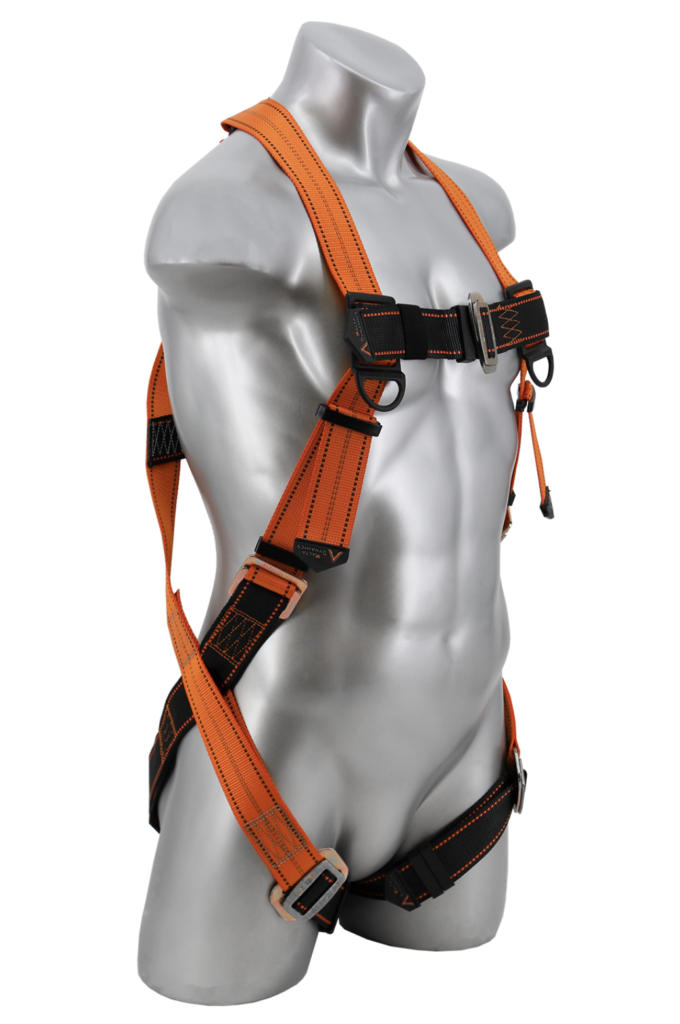
Modern full-body harnesses for fall protection often come with many attachment points for lanyards of different varieties, and it can be tempting to think that any available D-ring is as good as the next for fall-arrest tie-off. Unfortunately, this is not the case, and using the wrong D-ring can have life-threatening consequences in the event of a fall.
Getting to know the various D-rings on your harness can help you avoid putting yourself and others in danger when working at heights.
Dorsal D-Ring
D-rings get their name because they are shaped like a capital “D.” The dorsal D-ring — the attachment point on the back of the harness — is the main connection point for fall protection and fall arrest lanyards. Its position high on the back ensures that, in the event of a fall, the worker is oriented in an upright position and the force of arresting the fall is safely distributed evenly throughout the body. Once a fall is arrested, the dorsal D-ring allows the suspended worker to remain upright with their weight centered while awaiting rescue.
When a worker wears the harness, the dorsal D-ring should sit between the shoulder blades in the center of the back. An improperly fitting harness can present a serious hazard because the position of the dorsal D-ring when the harness is in use is key to its effectiveness. If it’s too high, it could strike the back of the worker’s head during a fall; if it sits too low, a fallen worker can end up suspended face-down rather than falling in an upright position, increasing the risk of suspension trauma and secondary injury.
Always ensure your harness fits properly, with the dorsal D-ring falling in the center of your back between your shoulder blades and the harness fitting snugly enough to allow you to put your fingers — but not a fist — between your body and the straps.
Side D-Rings
Many harnesses have D-rings on the sides, located at the hips. Side D-rings are mainly used for work positioning. Work positioning systems allow a worker to be held in suspension, enabling them to work with both hands free. This has common applications in tower work and rebar construction, for example. Positioning devices such as a belly chain or a rebar chain assembly can connect to the harness’s side D-rings for hands-free work positioning.
Note that these positioning systems do not replace the need for fall protection, which should be attached from a suitable anchor point to the harness’s dorsal D-ring at the same time.
Side D-rings are not suitable for fall-arrest attachments; attaching a fall arrest system to a side D-ring is extremely dangerous. With a fall protection system attached to a side D-ring, in the event of a fall, the worker won’t descend in an upright position, and the force of the sudden stop when the fall arrest system engages would not be distributed evenly throughout the body, likely causing serious injury.
Side D-rings are, however, ideal options for attaching tool lanyards. Elastic tool lanyards, sometimes called tool tethers or bungees, prevent dropped tools from falling onto workers below. Simply attach one end of a tool lanyard to the tool and the other onto a side D-ring on your harness. This configuration keeps the tool tethered to your harness in case you lose your grip on it, while keeping the length of the lanyard conveniently off to the side when you’re working with the tool.
Sternal D-Ring
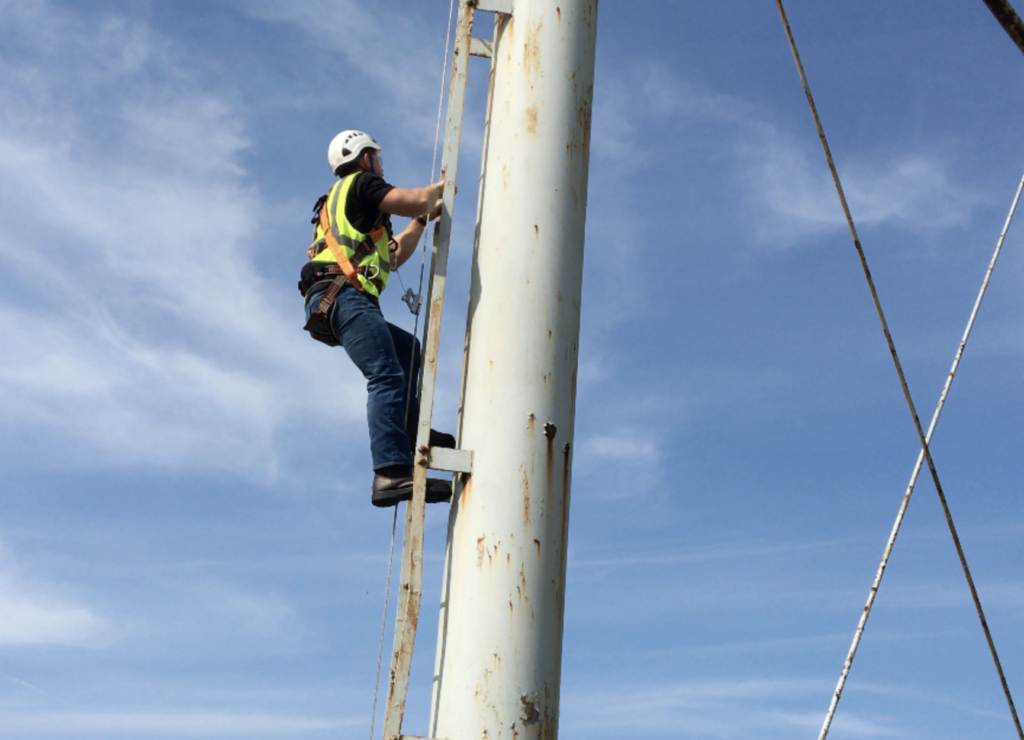
Probably the most noticeable D-ring to the harness wearer is the one on the center of the chest. Called the sternal D-ring, this attachment point is primarily used for fixed-ladder climbing fall protection systems. New OSHA regulations that began to phase into effect in November 2018 require a ladder safety or personal fall protection system on all new fixed ladders of 24 feet or taller. Starting in 2020, all new fixed ladders and replacement ladder/ladder sections must have a ladder safety or personal fall protection system and all existing ladders must be equipped with a cage, well, ladder safety system, or personal fall arrest system on fixed ladders that do not have any fall protection, according to OSHA.
Headlining the changes in OSHA’s latest update is a purposeful shift away from ladder cages in favor of ladder safety or personal fall protection systems. These ladder-based fall protection systems typically attach to the sternal D-ring, allowing the workers to comfortably scale the ladder while remaining protected from a fall.
Like the dorsal D-ring, the sternal D-ring should fall squarely in the center of the chest, at the sternum or breastbone. This positioning ensures the harness is able to distribute the worker’s weight evenly and safely in the event of a fall. Wearing an ill-fitting harness that sits too high or too low can lead to secondary injuries if the fall-arrest system is engaged.
Shoulder D-Rings
Many harnesses have shoulder D-rings at the top of the harness. These may be webbed or metal D-rings and can be used as attachment points for confined-space rescue, entry, and retrieval or for work positioning when used as a pair.
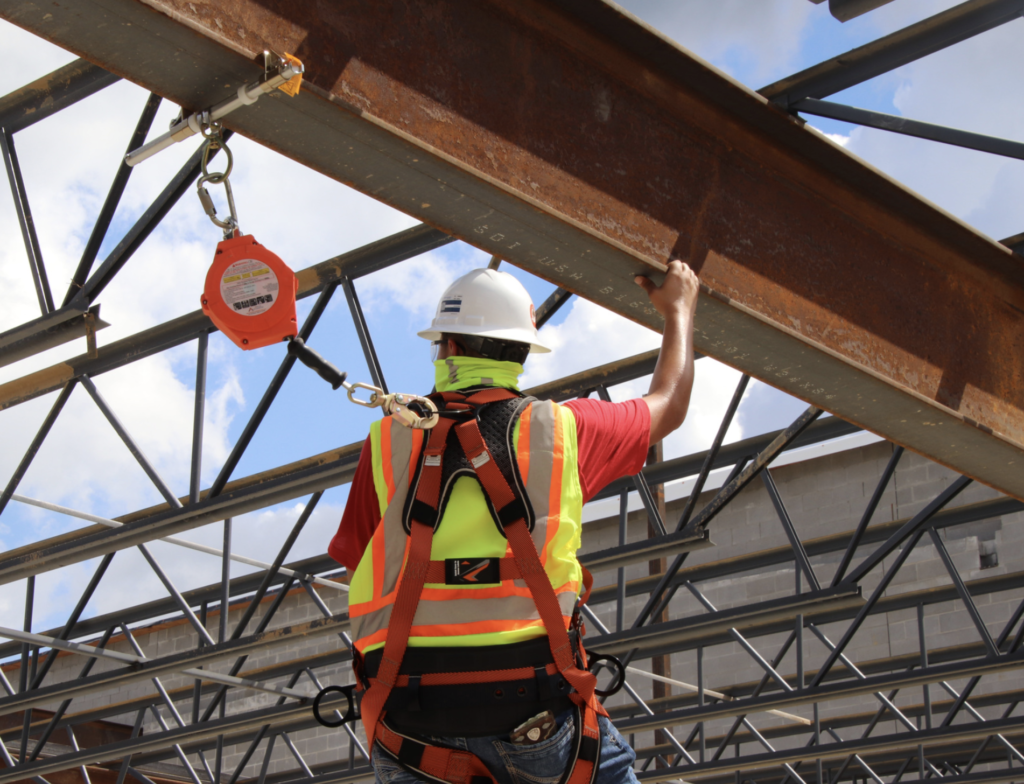
Because of their location off-center to the worker’s body, shoulder D-rings are not suitable as fall arrest connection points. Furthermore, these D-rings are not rated for fall arrest and are not designed to withstand the tremendous, sudden force at play when a fall arrest system is engaged. Instead, these D-rings are meant to allow workers to descend or ascend a confined space in a steady, controlled motion.
Although each type of D-ring may look superficially alike, their intended uses should not be confused. Most importantly, it is critical not to rely on the wrong D-rings as attachment points for your fall protection system. As a rule of thumb, fall protection attachment points should be high up in the center of your body. Always check with the manufacturer of your fall protection equipment for their recommendations if you’re unsure which D-rings can be used as fall protection attachment points.
About the author: David Ivey oversees the product development of fall protection and safety equipment at Malta Dynamics. He also sits on the ANSI Z359 board and participates in many subcommittee meetings for safety products. For more information or with questions about how to properly use your safety harness D-rings, contact [email protected].

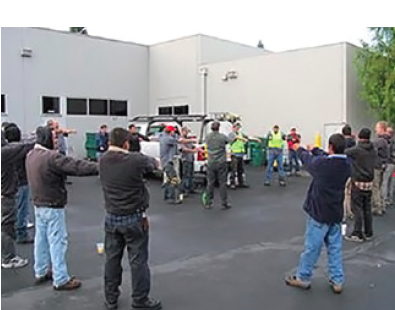

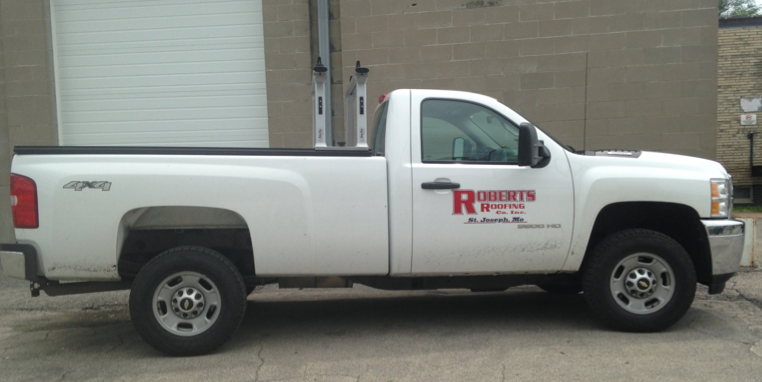
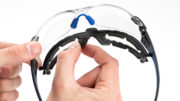
Be the first to comment on "A Field Guide to Fall Protection Harness D-Rings"